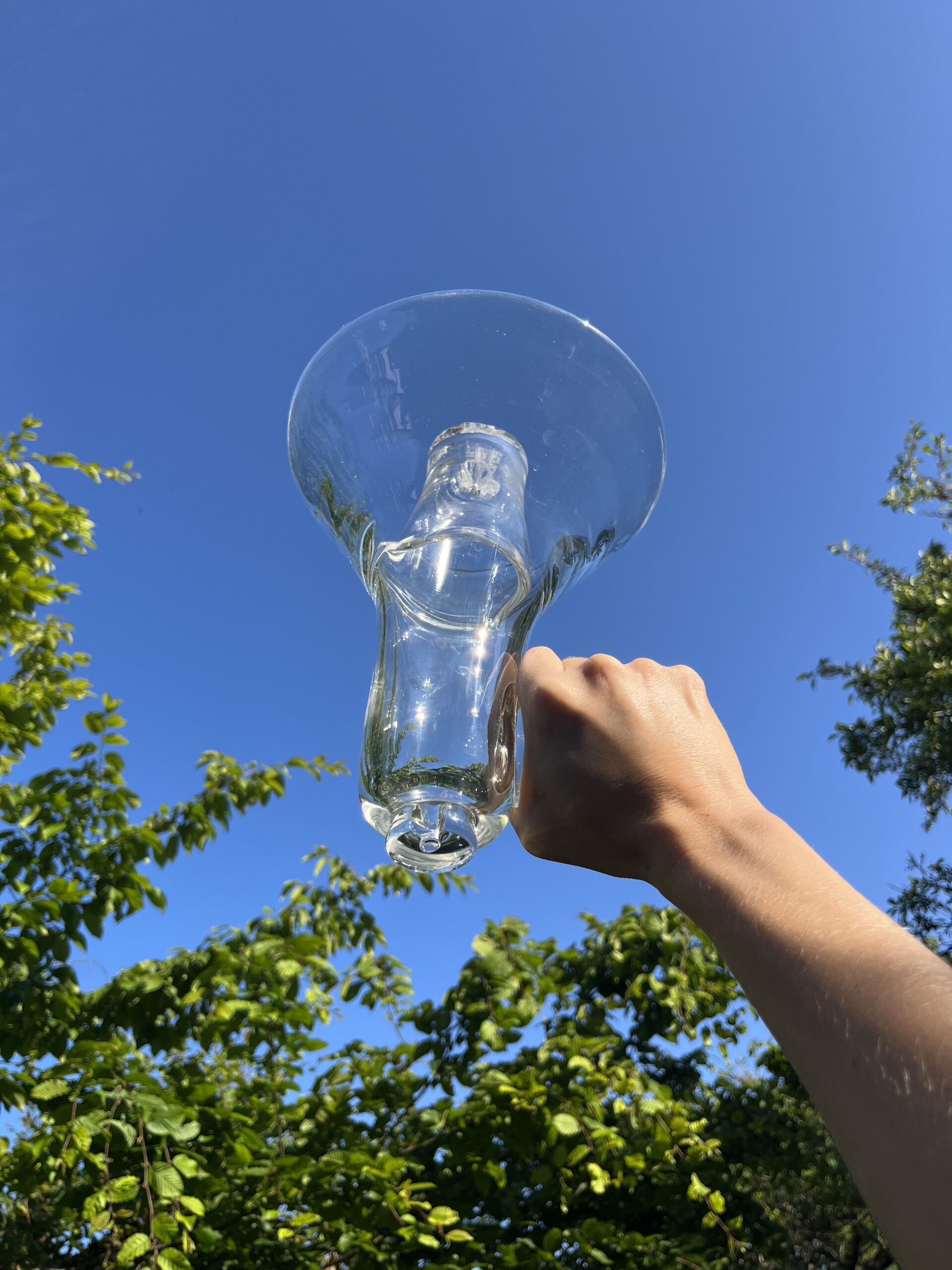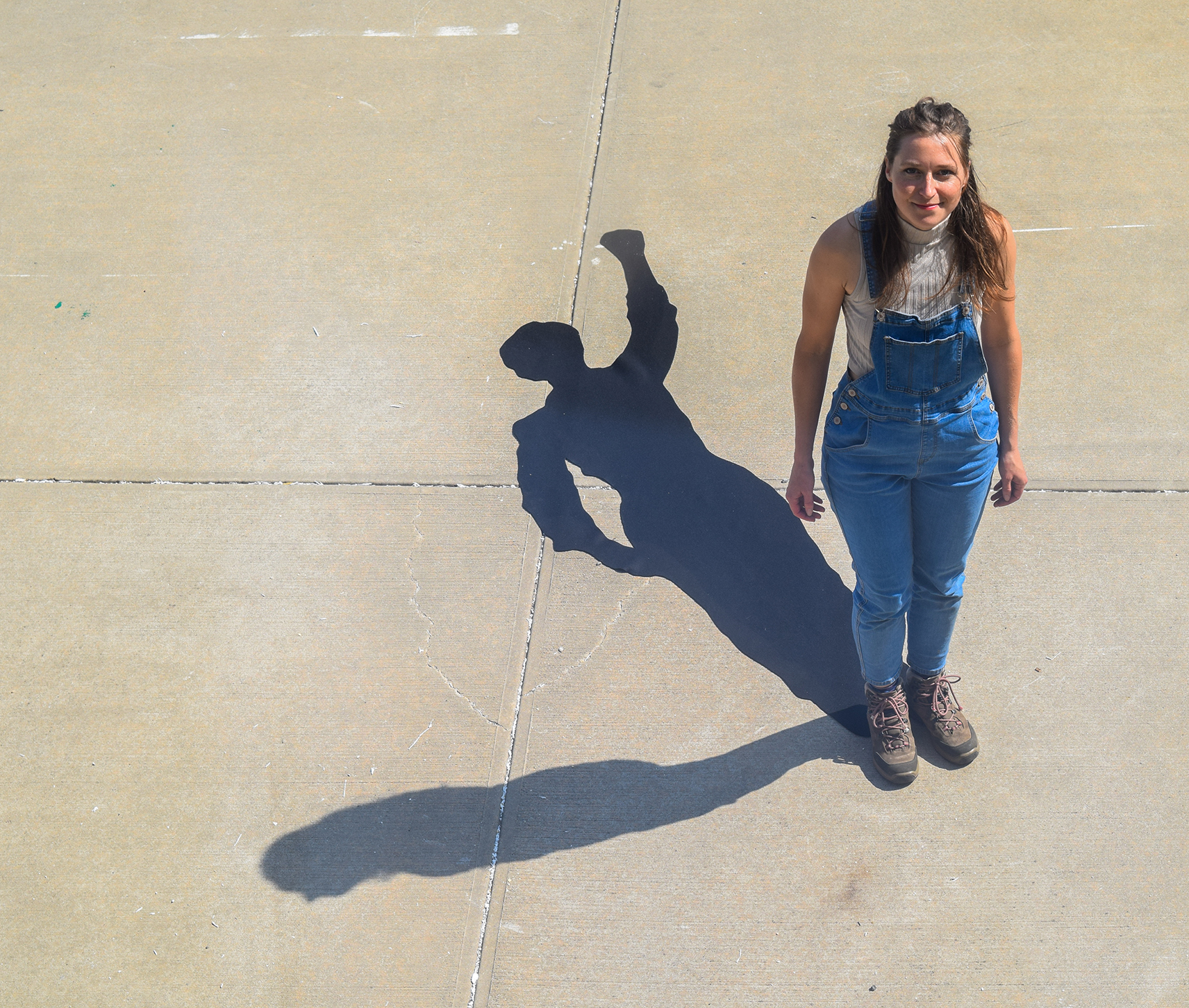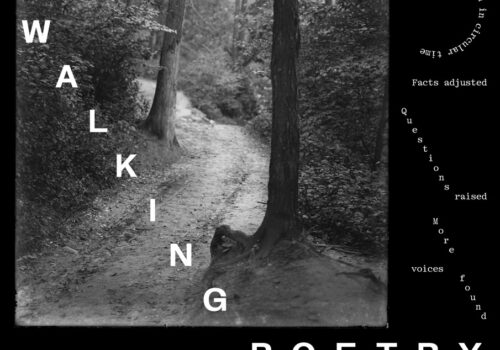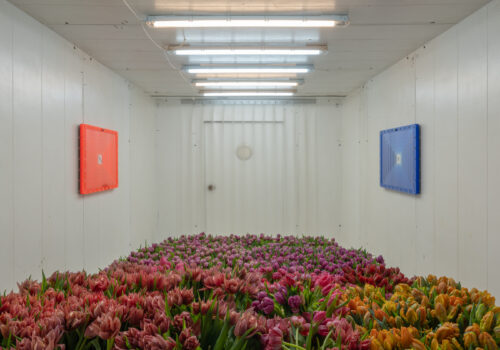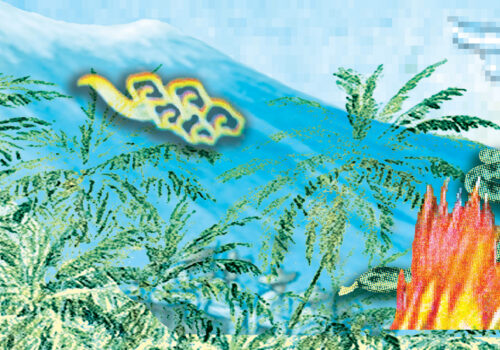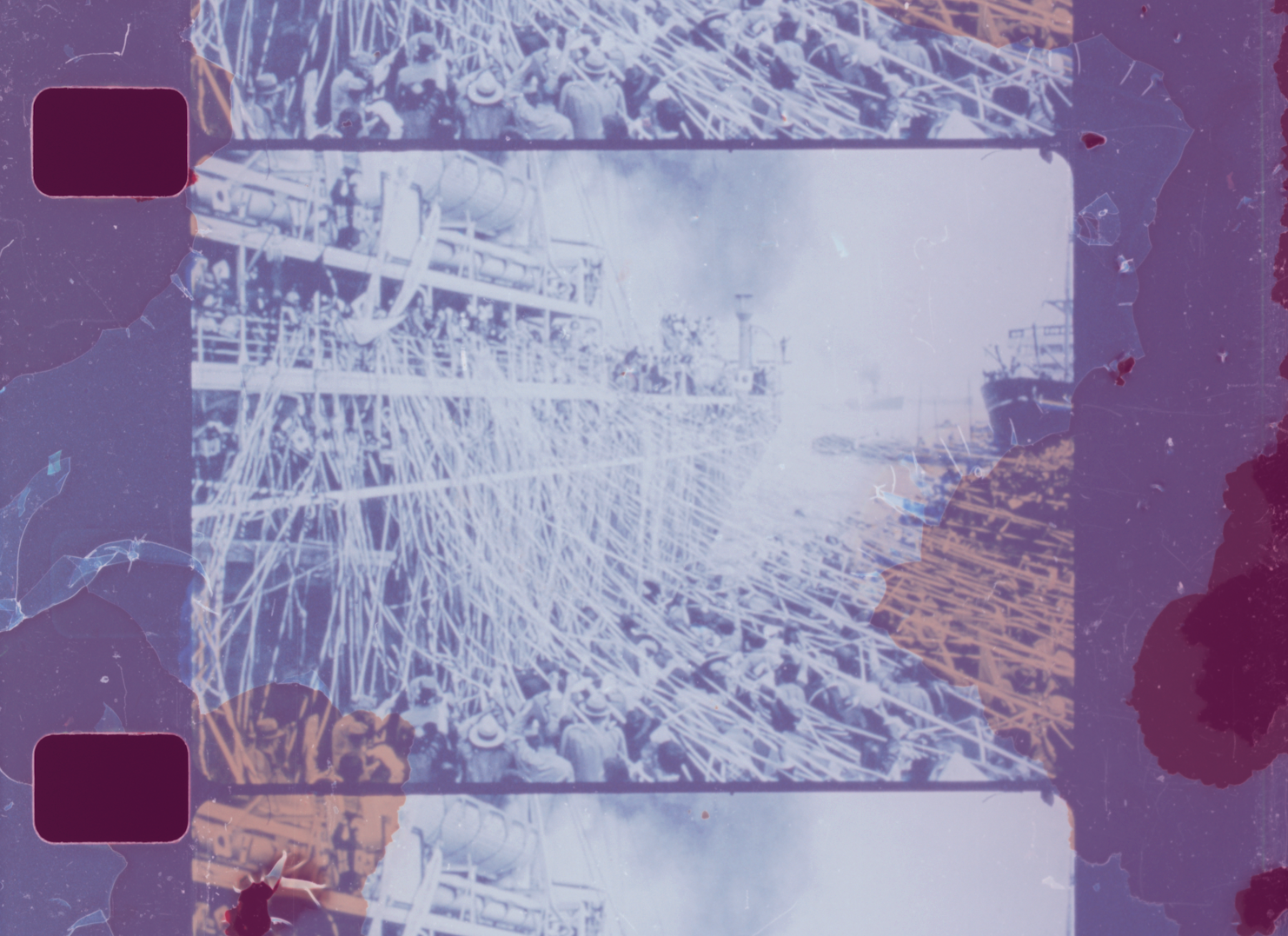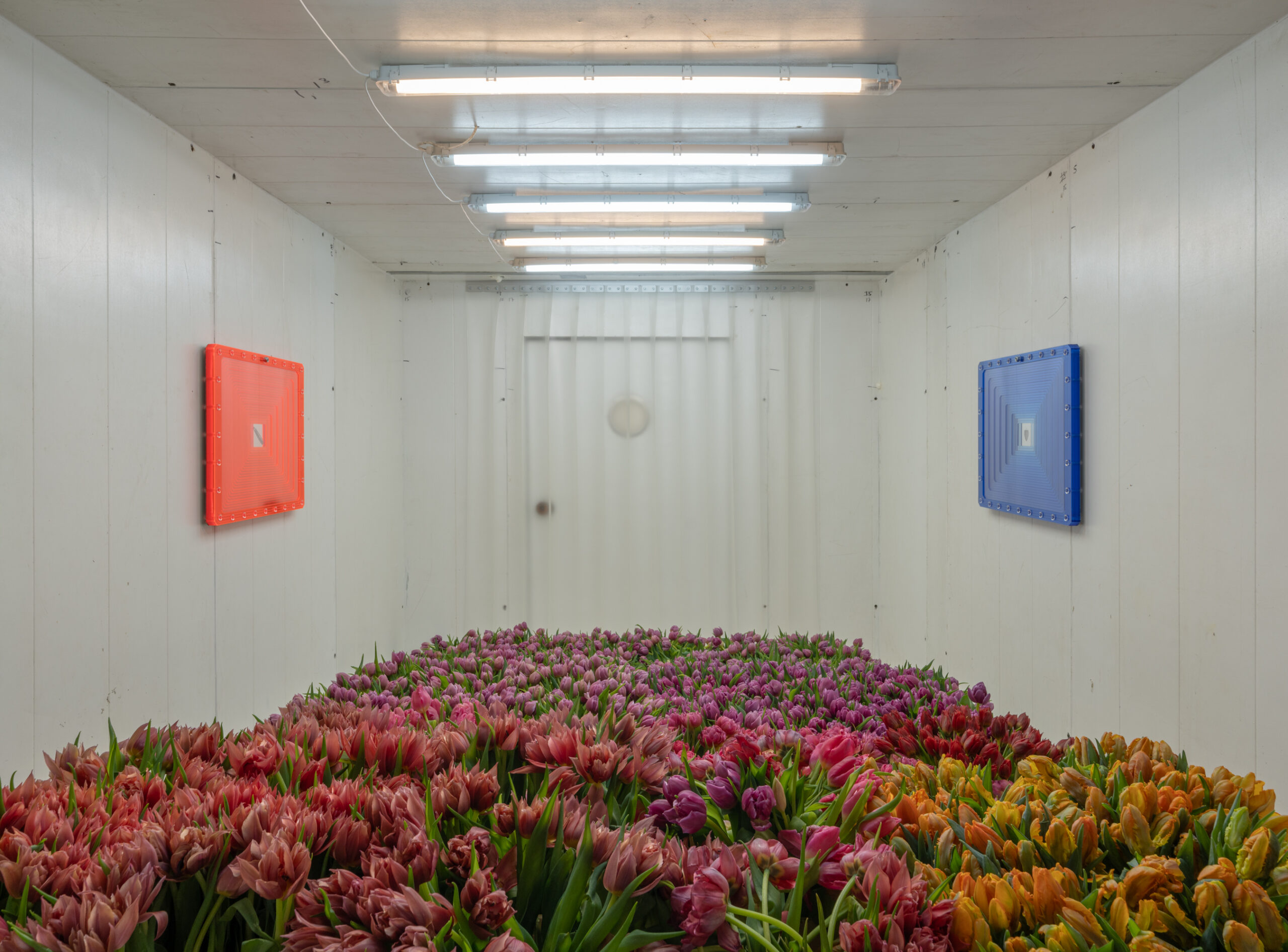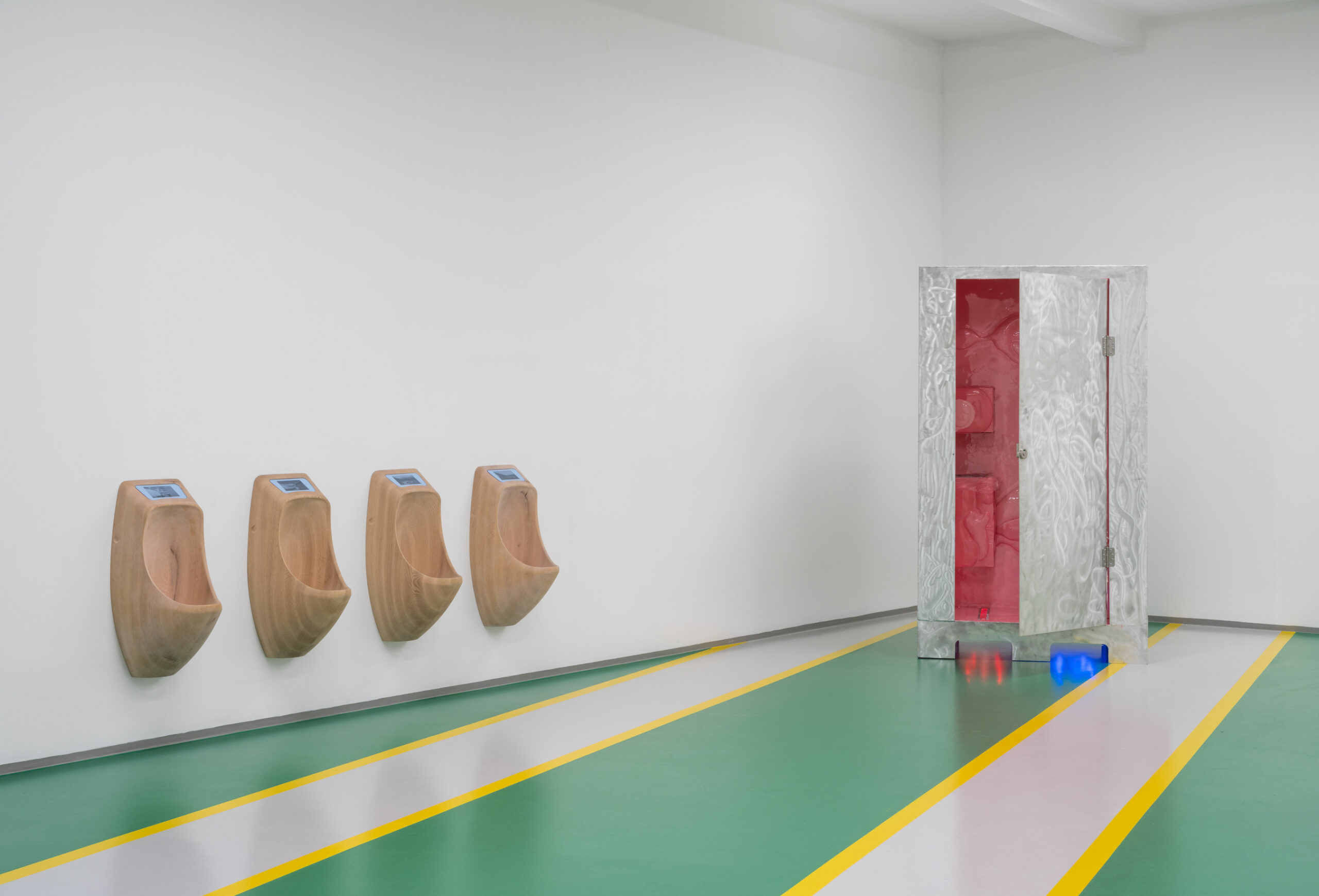ISCP TalkNovember 4, 2025, 6:30–7:30pm
Artists at Work: Marianne Villière in Conversation with Lauren O’Neill-Butler
For this Artists at Work, artist-in-residence Marianne Villière will be joined by writer Lauren O’Neill-Butler for a discussion on The War of Art: A History of Artists’ Protest in America, O’Neill-Butler’s latest book. Villière will highlight themes from the book that resonate with her own practice, including her use of handmade banners, performative walks, and poetic interventions in everyday routines. Together, O’Neill-Butler and Villière will discuss how communal areas can be transformed into sites of resistance and reflection, the role of art in protest, the politics of visibility, and the quiet power of subtle gestures in shaping collective awareness.
Based near Nancy, France, Marianne Villière works to identify tipping points in shared spaces, seeks to invert power dynamics, and draw attention to marginalized perspectives or forms of biodiversity through her contextual, ephemeral, and situational compositions. In 2014, she was awarded the Gianni Motti prize, and in 2024, the Edward Steichen prize.
Lauren O’Neill-Butler is a New York-based writer and editor. Her books include The War of Art: A History of Artists’ Protest in America (Verso, 2025) and Let’s Have a Talk: Conversations with Women on Art and Culture (Karma, 2021). She has written for Aperture, Art Journal, Bookforum, and The New York Times, among many others, and has also contributed essays to many exhibition catalogues. She received a Warhol Foundation Art Writers Grant in 2020 and the Beverley Art Writers Travel Grant in 2023.
This program is supported by the Edward Steichen Award Luxembourg; Hartfield Foundation; James Rosenquist Foundation; Joe Sultan; Lèna Saltos; Milton and Sally Avery Arts Foundation; New York City Department of Cultural Affairs, in partnership with the City Council; Brooklyn Borough President Antonio Reynoso; New York City Council District 34; New York State Council on the Arts with the support of Governor Kathy Hochul and the New York State Legislature; Dr. Samar Maziad; Sarah Jones; van Beuren Charitable Foundation; William Talbott Hillman Foundation; and Woodman Family Foundation.
___
Accessibility information: Please note that the entrance to ISCP has seven steps and a ramp, which is ADA compliant. There are seven artist studios and one exhibition space which can be accessed on the first floor of ISCP. There is an accessible bathroom on the first floor at the end of the hallway, up one step, where the artist studios are located. To access the second floor there is a staircase with a grab bar installed on the right side with 22 steps. The second floor has 22 artist and curator studios, one exhibition space, and a lounge where remarks by our guest speaker will take place. To access the third floor there is a staircase with a grab bar installed on the right side with 24 steps. The third floor has five artist and curator studios. ISCP can access a freight elevator to bring visitors between the first and second floors on request.
ISCP can offer two reserved parking spaces on request for people with disabilities. Please email programs@iscp-nyc.org to request a parking space and/or freight elevator usage.
